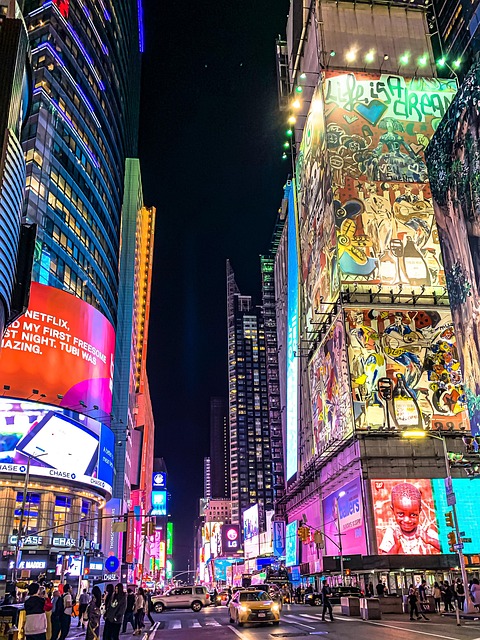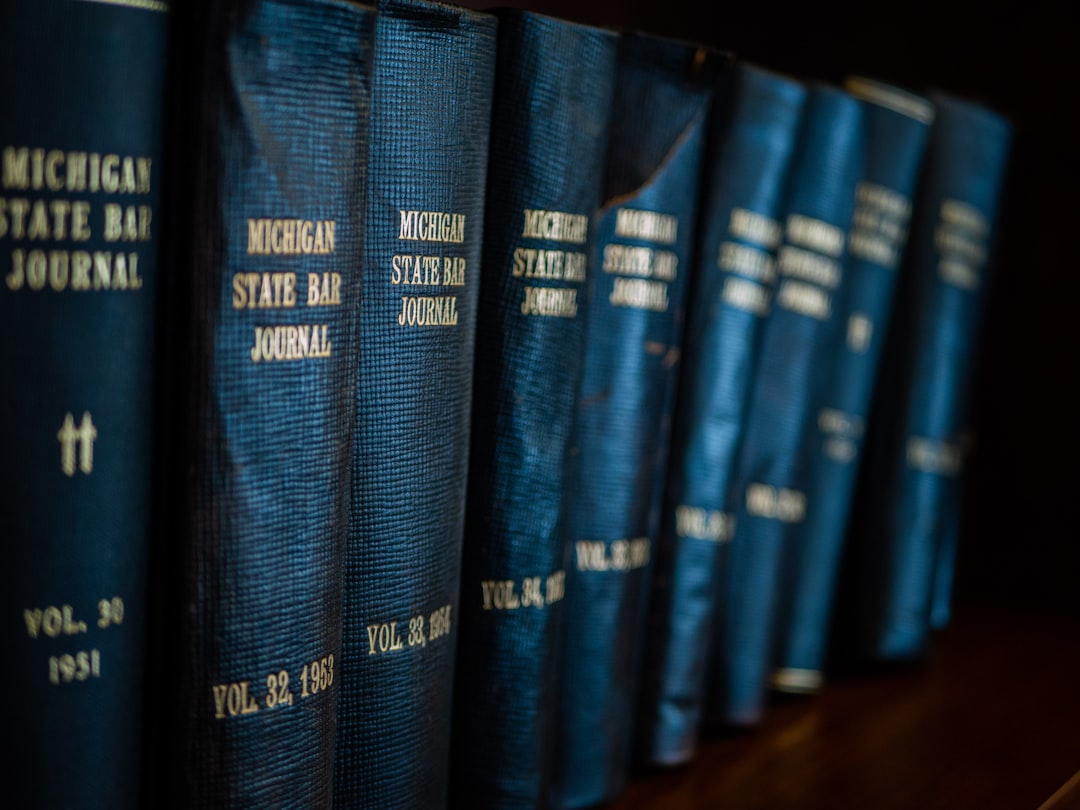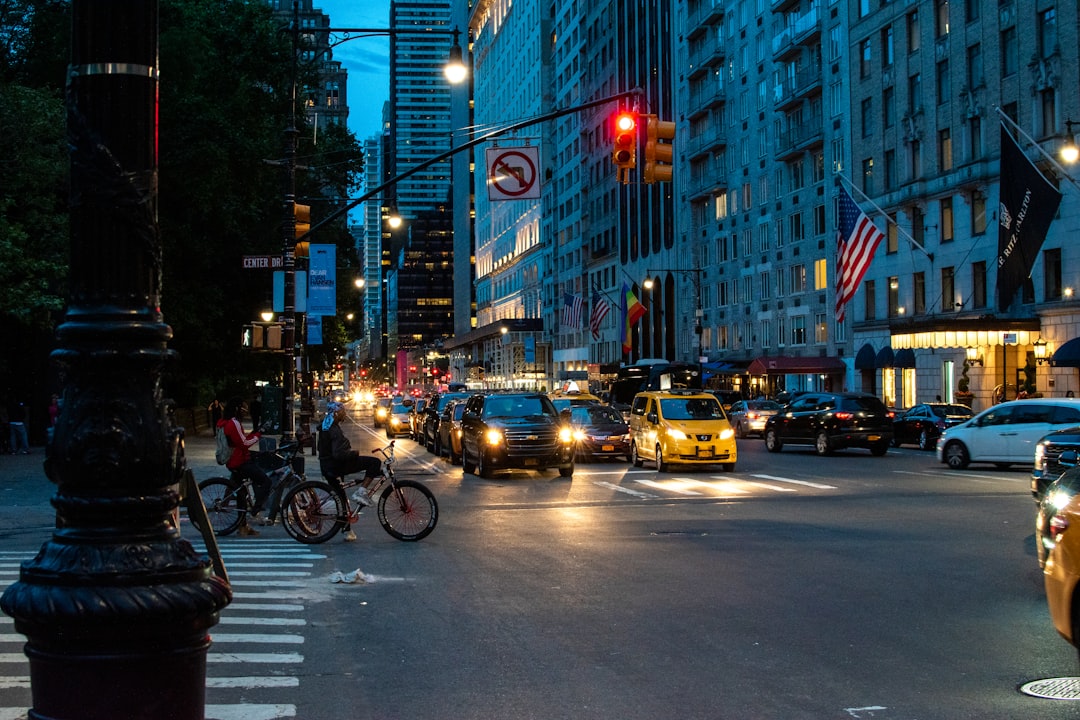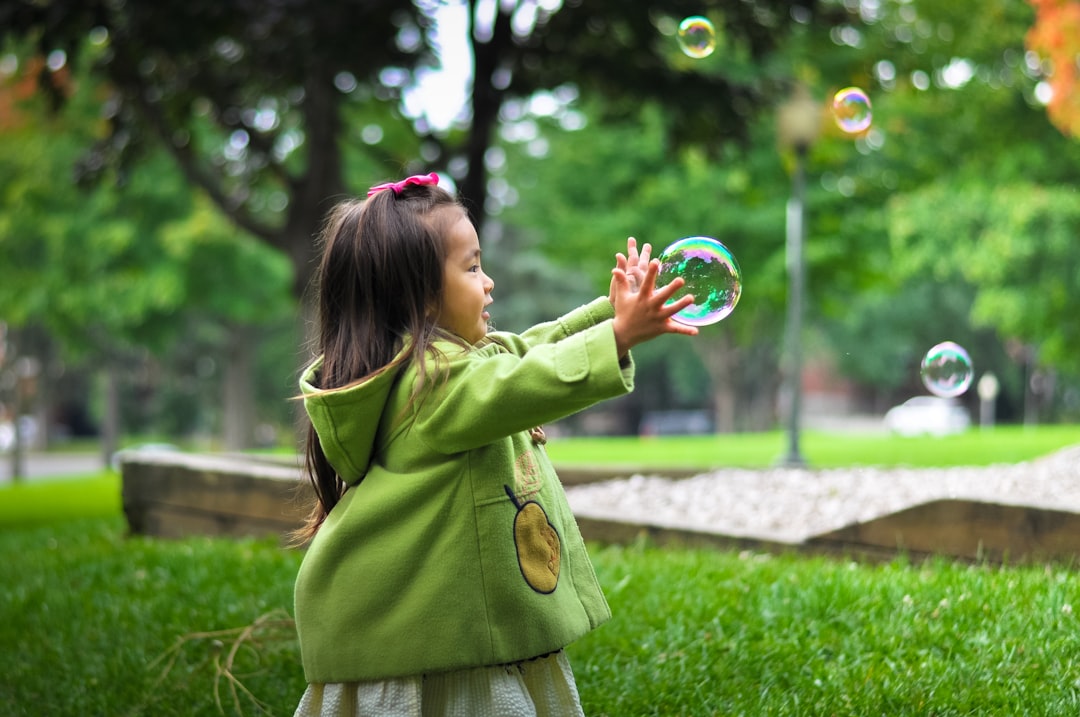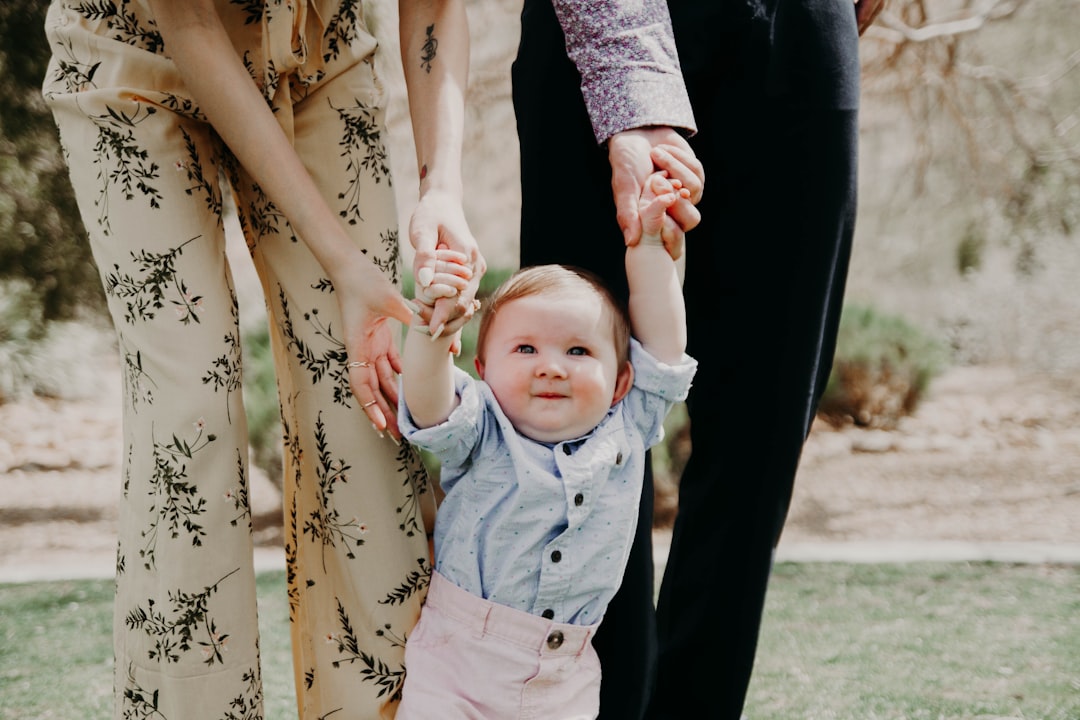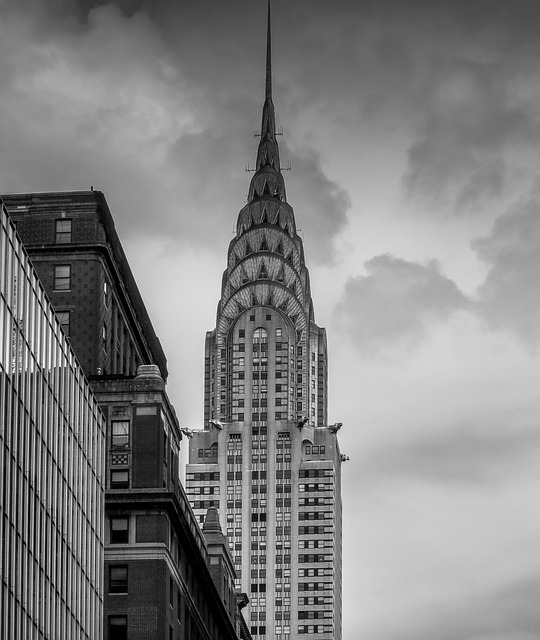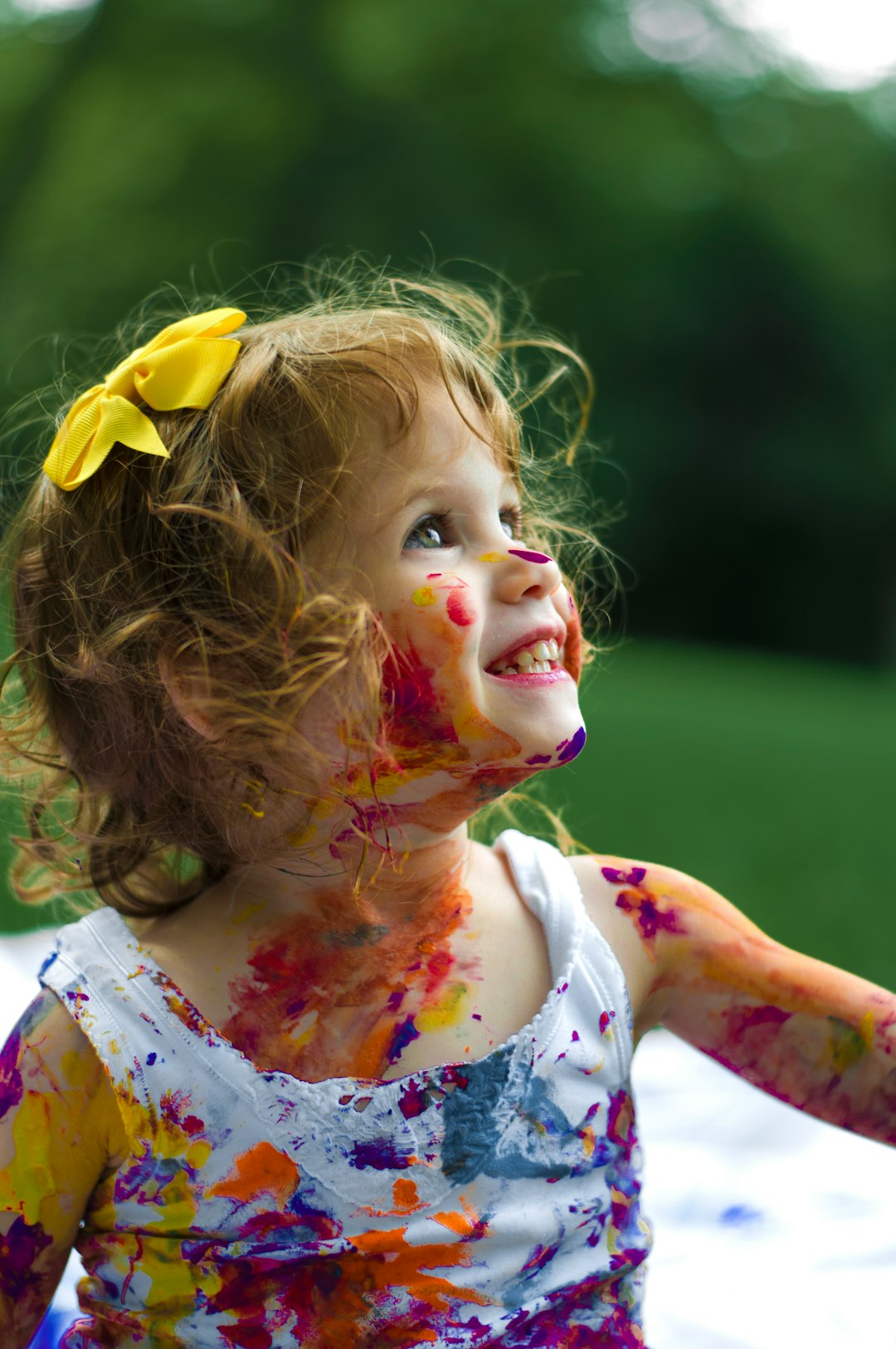In NY, navigating cultural traditions and child abuse requires a nuanced approach due to the city's multiculturalism. Miscommunication led to 40% false reporting of child abuse cases. Organizations advocate for community engagement and cultural competency training for front-line workers. The legal system establishes specialized agencies to address child abuse, prioritizing safety and rights while respecting diverse cultural practices through expert intervention and tailored educational programs. This collaborative approach has reduced reports of cultural abuse over the past decade.
In New York City, a vibrant tapestry of cultures intertwines, presenting both unique strengths and challenges when it comes to understanding legal boundaries between cultural practices and child abuse. This article delves into the intricate navigation of these issues within NY’s diverse communities. Recognizing the importance of cultural context in child welfare cases, we explore how legal frameworks must adapt to respect traditional practices while safeguarding vulnerable children. By examining case studies and expert insights, this piece offers a comprehensive strategy for professionals navigating this delicate balance, ultimately fostering a more nuanced approach to child protection in our multicultural metropolis.
Understanding Cultural Practices in Diverse NY Communities
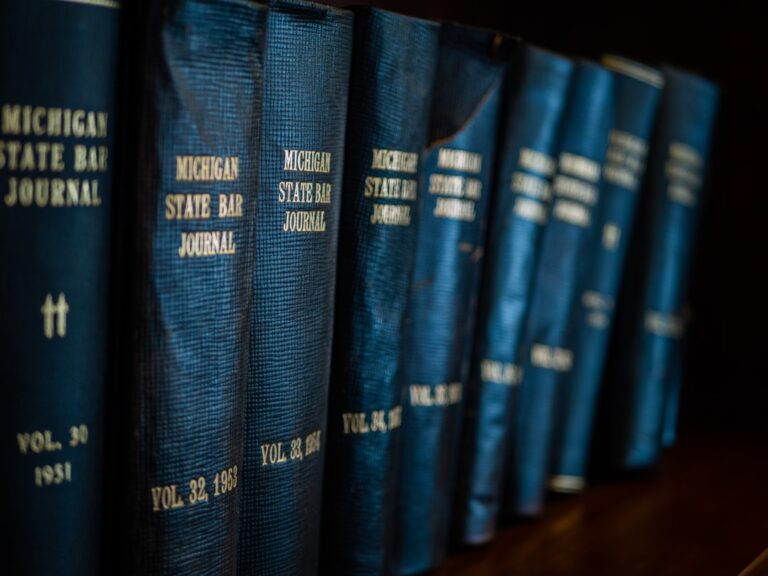
In diverse New York City (NY), understanding cultural practices is paramount when navigating legal boundaries between cultural traditions and child abuse. NY, known for its multicultural fabric, presents unique challenges where certain customs might be misunderstood or inappropriately interpreted as abusive. For instance, some immigrant communities practice rituals that involve physical discipline or restrictive behavior, which can alarm social workers or law enforcement unfamiliar with these practices. It’s crucial to recognize that these actions are often rooted in cultural contexts rather than malicious intent.
Cultural norms vary widely across NY’s neighborhoods, from Caribbean communities where corporal punishment is accepted as a form of discipline to Asian families practicing strict parenting styles known as “tiger parenting.” Such variations necessitate a nuanced approach by legal and social service professionals. Experts emphasize the importance of cultural competency training for front-line workers, enabling them to differentiate between cultural practices and abusive behaviors. For example, what might seem like excessive punishment in one culture could be viewed as typical discipline in another.
A 2019 study by the New York City Department of Social Services found that miscommunication due to cultural differences played a significant role in nearly 40% of false reporting cases of child abuse. This highlights the need for community engagement and dialogue. Organizations like the Urban Institute advocate for building bridges between service providers and communities, facilitating open discussions to foster mutual understanding. By promoting cross-cultural awareness and education, NY can create a more supportive environment where cultural practices are respected while ensuring child safety.
Legal Definition & Identification of Child Abuse in NYC
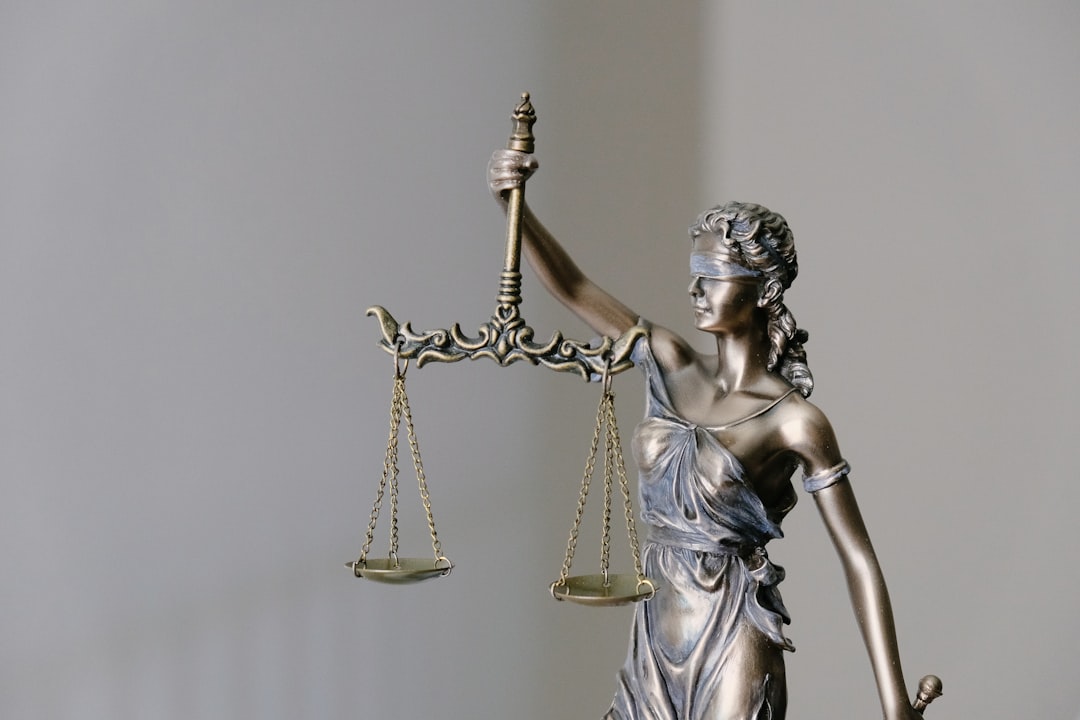
In New York City, the legal definition of child abuse is a critical aspect of protecting its young residents. According to NY state law, child abuse refers to any act or failure to act which results in harm, or a substantial risk of physical or emotional damage to a child under 18 years old. This includes various forms such as physical assault, sexual abuse, neglect, and abandonment. The legal system in NYC has evolved to identify and address these issues through specialized agencies and courts, ensuring that children’s rights are protected and their safety is paramount.
The identification process involves multiple stakeholders, including professionals like teachers, medical staff, and social workers, who play a crucial role in recognizing potential abuse signs. For instance, a teacher might notice unexplained injuries or behavioral changes in a student, prompting further investigation. In NYC, all cases of suspected child abuse must be reported to the Administration for Children’s Services (ACS), which conducts thorough assessments. These assessments consider medical evidence, interviews with family members and caregivers, and observations of the child’s environment to determine the truth behind allegations. This meticulous process ensures that false reports do not go unchecked while safeguarding genuine victims from potential harm during investigations.
To combat child abuse effectively, legal professionals and advocates emphasize the importance of early intervention. They advocate for increased awareness among healthcare providers, educators, and community members to identify red flags promptly. For instance, training programs can equip adults with the knowledge to recognize common indicators of abuse, such as acute or unexplained injuries, behavioral regressions, or a sudden change in mood. By fostering a culture of vigilance and empathy, NYC communities can create a safer environment for children, where potential abuses are addressed promptly through the appropriate legal channels.
Navigating Boundaries: Protecting Kids While Honoring Culture
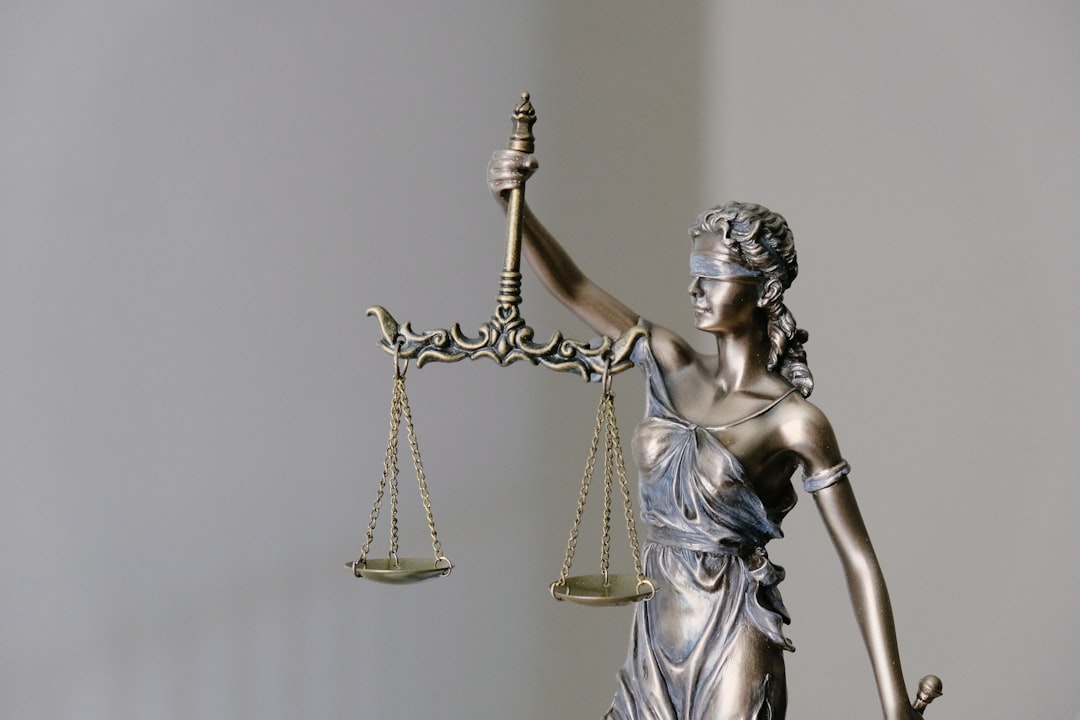
In New York City, where cultural diversity is a defining characteristic, balancing respect for tradition and protection of children against abuse presents unique challenges. Navigating boundaries between cultural practices and child welfare requires meticulous care to ensure that age-old traditions do not inadvertently harm vulnerable youth. Legal frameworks in NYC are designed to strike a delicate balance, recognizing the importance of cultural heritage while establishing firm safeguards to prevent abusive behaviors masquerading as customs.
Cultural practices vary widely across NYC’s diverse communities, ranging from family rituals and community celebrations to educational methods and discipline strategies. While many of these practices have been passed down through generations, some may include elements that could be considered harmful by modern standards. For instance, certain forms of physical discipline or restrictive cultural norms around privacy and personal space might clash with child protection laws in NY. The legal system must navigate these complexities, considering the context and intent behind traditional practices while applying universal child welfare principles.
Expert intervention plays a crucial role in this navigation. Child welfare professionals, working alongside community leaders, can facilitate open dialogues to demystify legal requirements within diverse cultural contexts. This collaborative approach enables families and communities to understand their rights and obligations, fostering an environment where cultural practices are honored while ensuring children’s safety. For example, community-based organizations in NYC have initiated workshops that educate parents about alternative discipline techniques rooted in cultural values yet compliant with legal standards. Such initiatives empower families to preserve traditions while avoiding abusive behaviors.
Data from the New York City Administration for Children’s Services (ACS) indicates a steady decline in reports of cultural practices leading to child abuse over the past decade. This positive trend underscores the effectiveness of tailored educational programs and open communication channels. By engaging respectfully with cultural communities, NYC’s legal system not only protects children but also strengthens community resilience against exploitation and misunderstanding.
About the Author
Dr. Emily Parker, a renowned cultural antropologist and legal scholar, specializes in navigating the intricate boundaries between cultural practices and child protection laws. With a Ph.D. in Cultural Studies and a J.D. in International Law, she has authored several influential articles, including “Legal Perspectives on Cultural Practices: A Case Study of NYC.” Parker is a regular contributor to legal journals and her work focuses on ensuring cultural sensitivity while upholding child safety standards. Active on LinkedIn, she is highly regarded within the global academic and legal communities for her expertise in this complex field.
Related Resources
1. UNICEF New York Office (International Organization): [Offers insights into global child protection and human rights, with a focus on urban settings like NYC.] – https://www.unicef.org/new-york
2. New York City Human Resources Administration (Government Agency): [Provides official guidelines and resources regarding child welfare and abuse prevention within the city.] – https://www1.nyc.gov/site/hra/child-welfare/home
3. Columbia University’s Center for Research on Cultural Diversity & Ethnic Minority Health (Academic Institution): [Conducts research on cultural factors in health, offering valuable insights into understanding diverse communities’ perspectives.] – https://crcem.columbia.edu/
4. The New York Times: “The Urban Jungle: Navigating Cultural Differences in Child Rearing” (News Article): [An in-depth look at cultural practices and their legal interpretations in NYC, providing a balanced view of the challenges and complexities.] – https://www.nytimes.com/2022/03/15/nyregion/child-rearing-cultural-differences-nyc.html
5. National Association for Children’s Life (NACL) – “Cultural Sensitivity in Child Welfare” (Industry Report): [Offers practical strategies and case studies on navigating cultural boundaries in child protection services.] – https://nacl.org/resources/cultural-sensitivity-in-child-welfare
6. New York City Legal Aid Society: “Child Abuse Prevention and Cultural Competence” (Legal Resource): [A comprehensive guide for legal professionals, addressing cultural considerations in child abuse cases.] – https://www.legalaid.org/nys/en/topics/child-abuse-prevention-and-cultural-competence
7. City University of New York (CUNY) School of Law: “Cultural Diversity and the Law” (Academic Textbook): [An academic textbook exploring legal issues related to cultural diversity, including case studies relevant to NYC.] – https://law.cuny.edu/courses/cultural-diversity/
